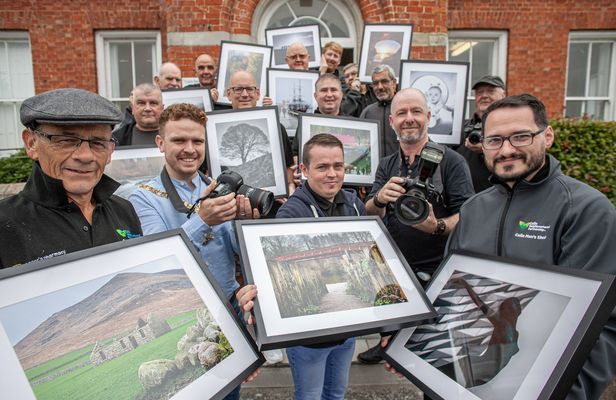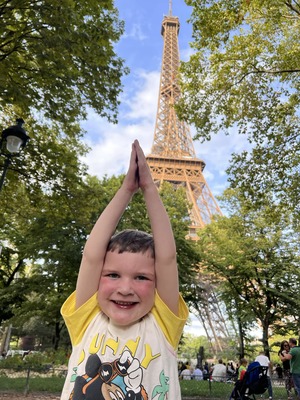A TEN-YEAR-OLD West Belfast boy 'posed no threat' to soldiers immediately prior to being shot with a plastic bullet in the Divis area in August 1975.
Coroner Paddy McGurgan, delivered his findings into the death of Stephen Geddis on Tuesday. The coroner did not accept that the discharge of the plastic bullet was justified or justifiable based on the evidence presented to the inquest.
The schoolboy was the first and youngest plastic bullet victim. He was struck on the head near a barricade on Albert Street.
Stephen's brothers told the Andersonstown News that they finally have closure – 47 years after their brother's killing.
The coroner stated in his findings that Stephen was struck by a plastic bullet to the right side of his head on 28 August 1975. He was struck within the area known as the Old Trafford in the Divis Complex.
It was fired by soldier SGM15 and was probably aimed at the ground. He stated that SGM15 was unjustified in discharging the plastic bullet as the force used was more than absolutely necessary when it was discharged. He said that SGM15 did not “target” Stephen. He stated that the use of plastic bullets was not planned, controlled or regulated in order to minimise to the greatest extent possible the risk to life.
The coroner said he did not consider that the soldier intended to kill or cause serious injury to anyone or that he foresaw the risk of fatal injury occurring. The coroner stated that it was more likely that the soldier discharged the plastic bullet into the ground following the Rules of Engagement at that time and that it then ricocheted striking the child on the head.
At the time of Stephen’s death, the RUC investigation did not result in any criminal proceedings. An inquest was conducted in January 1976 with the verdict of misadventure being determined. In 1995-96, a police investigation did not lead to any criminal or other proceedings. The Attorney General in 2015 directed a fresh inquest take place. That inquest has concluded on Tuesday.
During the inquest, oral evidence was heard from civilian and military witnesses and statements were read into evidence. The coroner also heard from a Senior Principal Engineer employed by the Ministry of Defence regarding the development and use of plastic bullets. Three pathologists and two ballistics experts were also heard by the Coroner.
Outside Laganside courts, Stephen Geddis' three brothers Kieran, James and Joe, and their solicitor Pádraig Ó Muirigh spoke with the Andersonstown News.
“It’s been a long process; we didn’t even think we were going to get here because of the way the government is behaving trying to stop all of these things but thankfully we’ve gotten to this stage here," said Kieran Geddis. "We never had a proper inquest at the very start. There were so many obstacles in the way.
“It was a statistic then, now it’s a name, it’s a child. We have suffered like other families.”
Stephen Geddis
James said: “It’s justice for a 10-year-old boy who got a raw deal when it came to the inquest of 47 years ago. It was a misadventure, meaning he was in the wrong place at the wrong time, which was his own neighbourhood, his own concrete jungle where the only places he had to play was where he was.
"The justice is that it’s been done properly, the way it would be for any child in England, or Scotland or Wales.
“What we see today is closure. My father has passed away, he would certainly have wanted to be here, but my mother can watch it on a link and for her, it’s never going to bring him back, she’s never gotten over it.”
Solicitor for the family Pádraig Ó Muirigh said it's hard to believe that it has taken 47 years for a family to get an inquest into the death of an innocent 10-year-old child.
“The truth was buried and they’ve had to excavate that and the tool that they used was the inquest system and the reason that is important is because the families got disclosure, they got access to legal representation, they got access to forensics experts to recreate the scene of what happened almost five decades ago and most importantly they got to examine witnesses on the stand and that’s what achieved the best quality evidence.”








